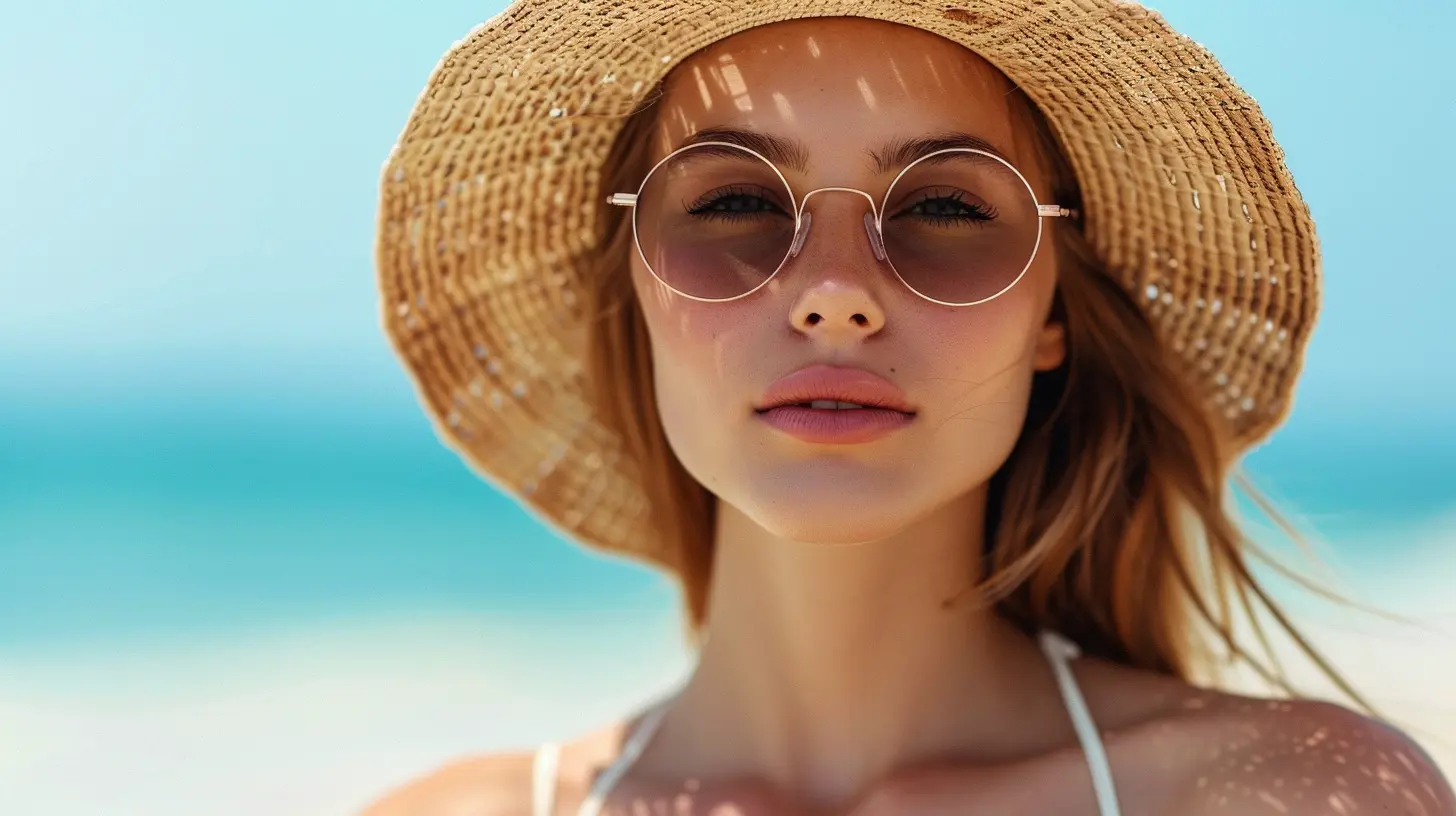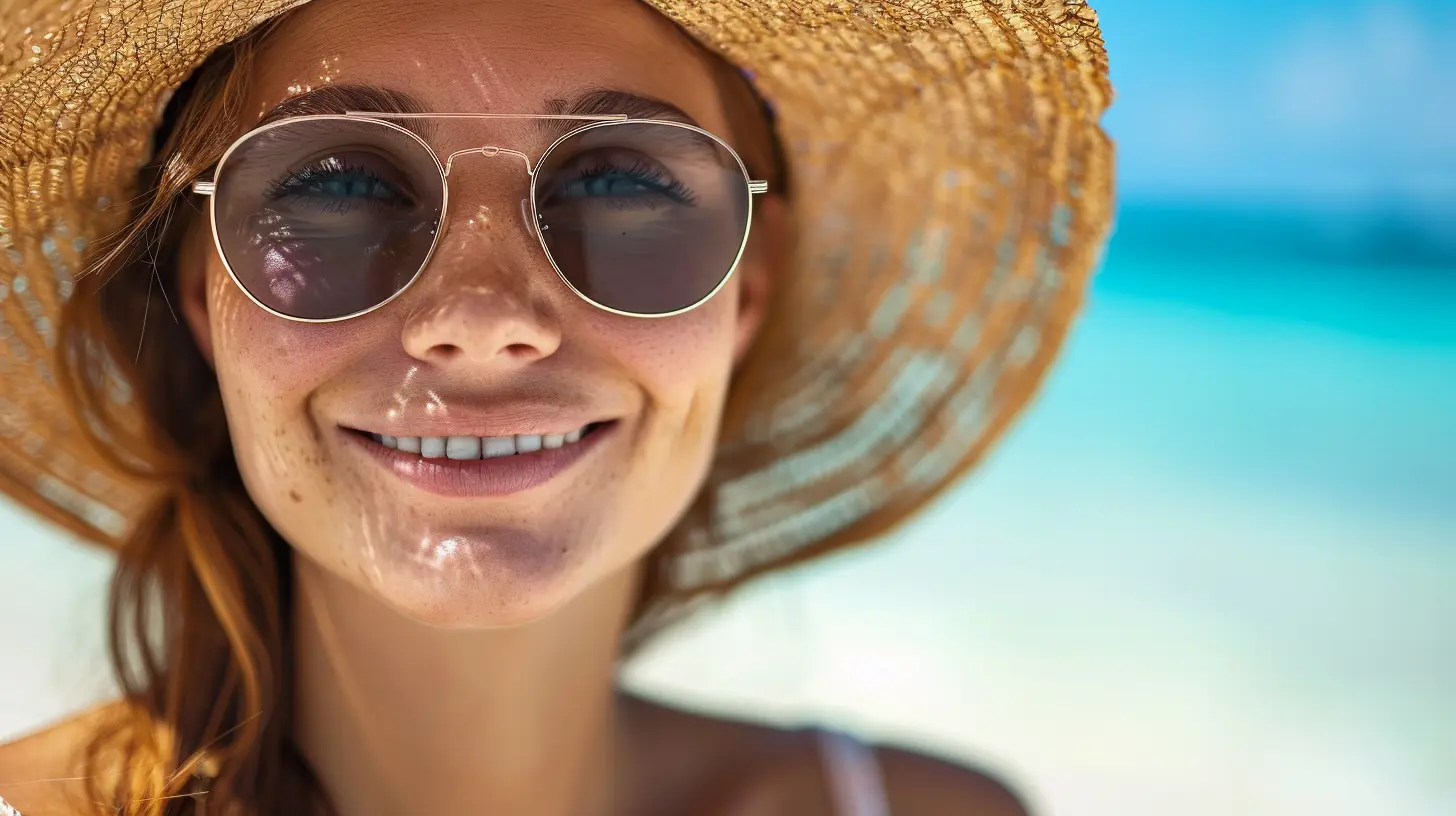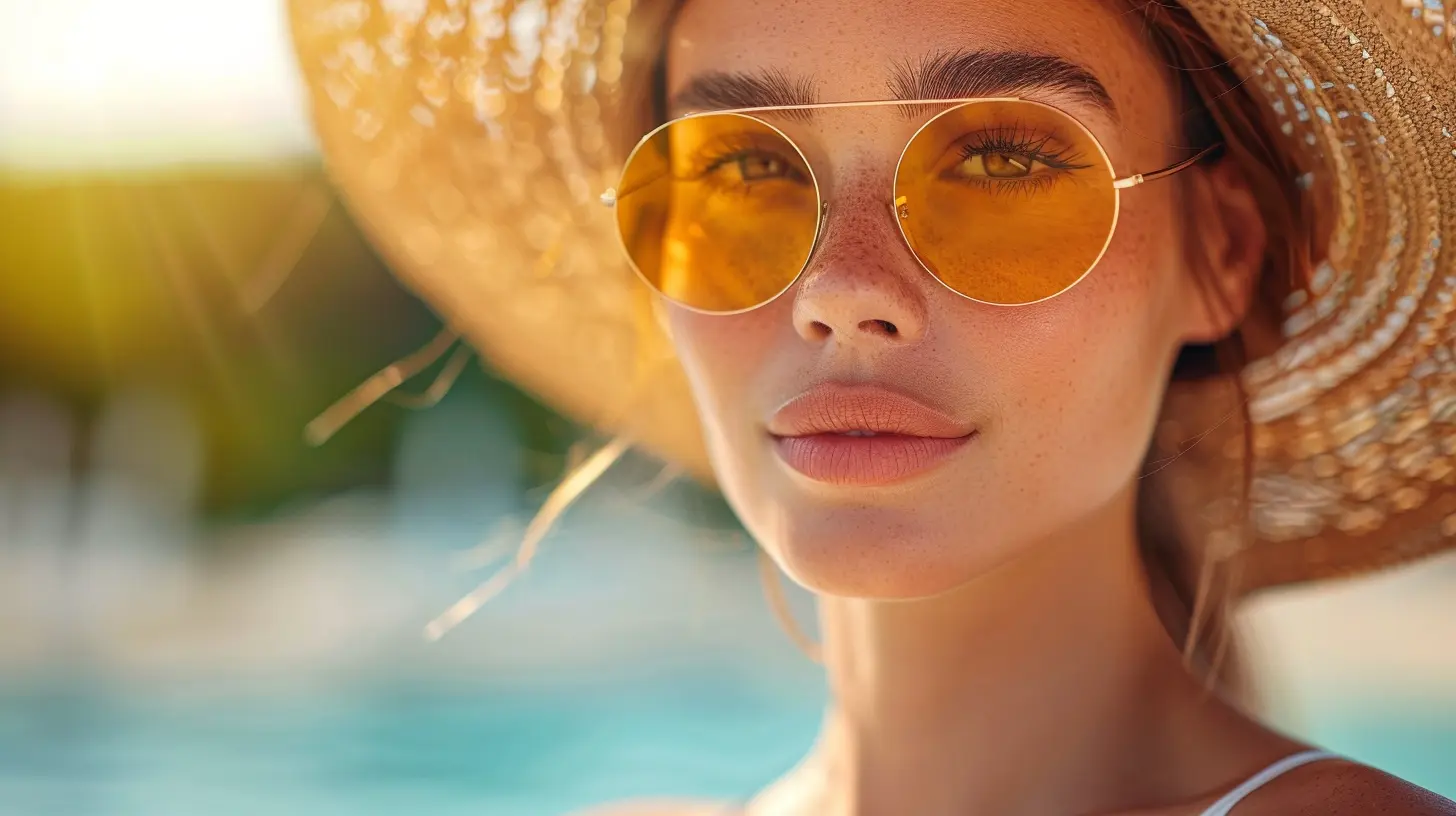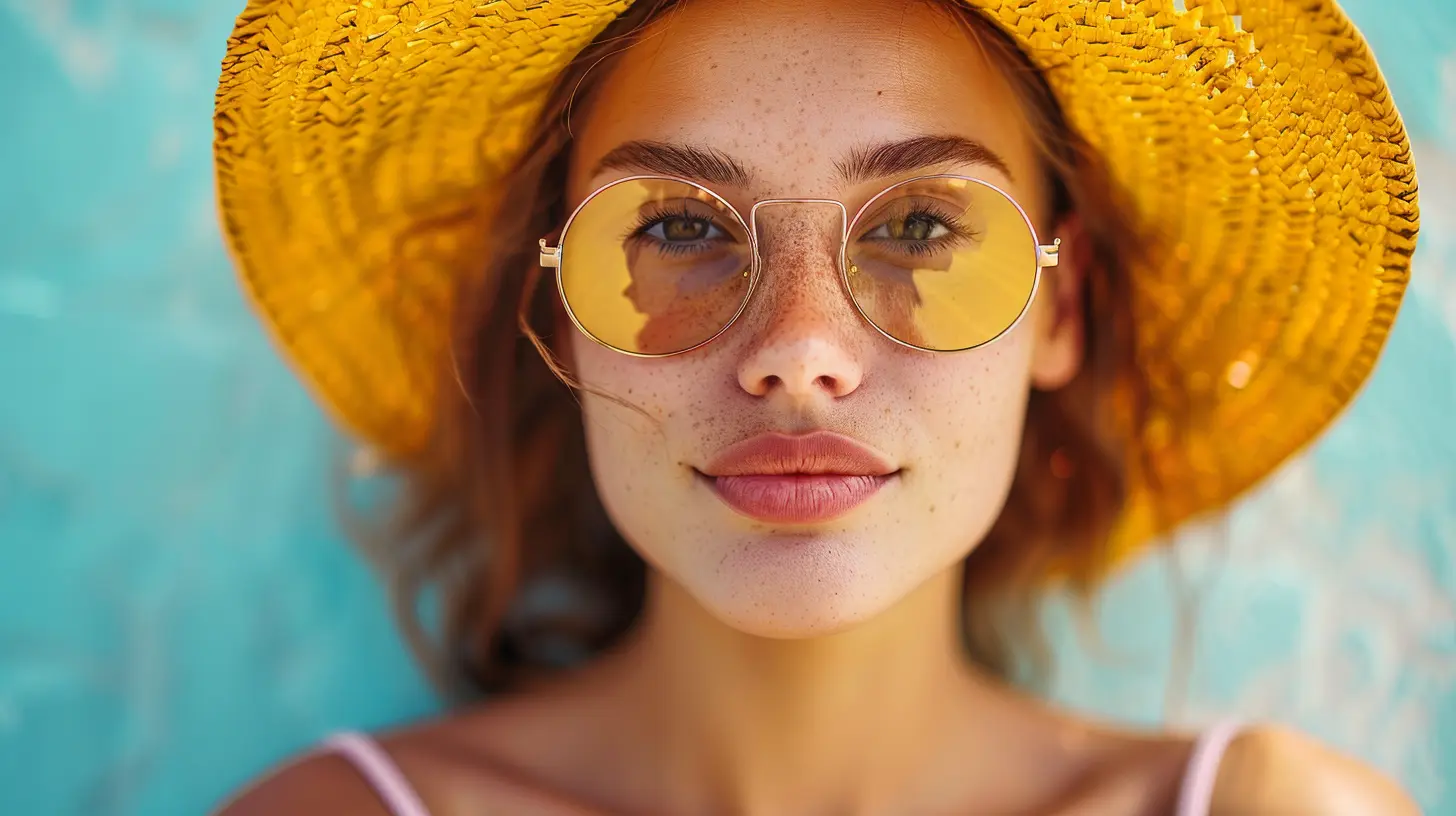How Sun Protection is Linked to Preventing Premature Aging
5 October 2025
When you think about aging, what comes to mind? Wrinkles, fine lines, sagging skin? Well, here’s a little secret—one of the biggest culprits behind premature aging is something you encounter every single day: the sun. Yep, that fiery ball in the sky is both a life-giver and, ironically, a skin-wrecker if you're not careful.
You could be using the most expensive anti-aging creams, but if you're skipping sun protection, you're basically undoing all that effort. It’s like filling a bucket with water while it has a hole at the bottom. So, let’s dive deep into how sun protection is your best defense against premature aging and why slathering on that sunscreen might just be the ultimate skincare hack.

The Science Behind Sun-Induced Aging (a.k.a. Photoaging)
Before we get into how to protect yourself, let's tackle a fundamental question—how does the sun cause premature aging in the first place?The main villain here is ultraviolet (UV) radiation, which is categorized into two types:
- UVA Rays: These penetrate deep into the skin and are responsible for breaking down collagen and elastin—the proteins that keep your skin firm and youthful. Think of UVA rays as invisible wrecking balls that slowly dismantle your skin’s scaffolding.
- UVB Rays: These primarily affect the skin’s surface and are responsible for sunburns. But here’s the kicker—UVB rays also contribute to DNA damage, which can lead to skin cancer.
When your skin is constantly bombarded with these rays, it accelerates the aging process, resulting in fine lines, wrinkles, dark spots, and a leathery texture. The fancy term for this process? Photoaging—aging caused by exposure to UV radiation.

Signs of Premature Aging Due to Sun Exposure
Wondering if your skin is already showing signs of sun-induced aging? Here are some telltale signs:1. Wrinkles and Fine Lines
Repeated sun exposure weakens collagen, leading to wrinkles way earlier than they should appear. Think of it like leaving a grape in the sun too long—it shrivels up.2. Dark Spots (Hyperpigmentation)
Ever notice those brown spots on older people’s faces, hands, or shoulders? Yep, that’s sun damage. UV exposure triggers an overproduction of melanin (your skin’s pigment), leading to those stubborn spots.3. Loss of Elasticity (Sagging Skin)
Since UV rays break down elastin, the skin loses its bounce. Imagine a rubber band that’s been stretched out too often—it never quite snaps back the way it used to.4. Uneven Skin Tone
Blotchy, red, or patchy skin? Sun damage is often the culprit. Long-term UV exposure leads to an uneven complexion, making your skin look older than it actually is.5. Spider Veins
Ever noticed tiny red or blue veins on your cheeks or around your nose? Sun exposure can cause blood vessels to dilate and become more visible, a common sign of photoaging.
Why Sun Protection is the Ultimate Anti-Aging Hack
Now that we know how the sun ages your skin, let’s talk prevention. Sun protection isn’t just about avoiding sunburns—it’s your best bet for keeping your skin youthful and healthy.1. Sunscreen: Your Skin’s Best Friend
If there’s one thing you take away from this article, let it be this: wear sunscreen every single day. Not just during beach vacations or sunny summer days—every day.Look for a broad-spectrum sunscreen with SPF 30 or higher. Why broad-spectrum? Because it protects against both UVA and UVB rays. And don’t just apply it in the morning—reapply every two hours, especially if you’re sweating or swimming.
2. Cover Up with Protective Clothing
Sunscreen alone isn’t enough. If you’re planning to be outdoors for an extended period, consider wearing:- Wide-brimmed hats to protect your face
- UV-blocking sunglasses to shield your eyes and prevent crow’s feet
- Long-sleeved clothing or UV-protective fabrics
Think of it like armor for your skin—because who doesn’t want an extra layer of protection?
3. Seek Shade During Peak Sun Hours
The sun is strongest between 10 AM and 4 PM. If possible, try to stay in the shade during these hours. No shade around? A good ol’ umbrella or a shady tree will do the trick.4. Don’t Forget Your Lips and Hands
Most people religiously apply sunscreen to their face but completely forget about their lips and hands—two areas that show aging faster than you’d think. Use a lip balm with SPF and apply sunscreen to your hands daily.5. Sunglasses: More Than Just a Fashion Statement
Besides making you look effortlessly cool, sunglasses protect the delicate skin around your eyes from UV rays. This helps prevent fine lines, crow’s feet, and even eye conditions like cataracts.
Debunking Sunscreen Myths
Let’s bust some common myths that might be keeping you from protecting your skin properly:Myth 1: "I Have Dark Skin, So I Don’t Need Sunscreen"
While darker skin tones have more melanin (which offers some natural protection), they’re not immune to sun damage. Darker skin tones are also prone to hyperpigmentation, and skipping sunscreen can make dark spots worse.Myth 2: "I Only Need Sunscreen on Sunny Days"
UV rays penetrate clouds and windows. Even if it’s cloudy or raining, your skin is still exposed. Moral of the story? SPF every day, no exceptions.Myth 3: "I Already Have Sun Damage, So What’s the Point?"
It’s never too late to protect your skin. While past sun damage can’t be erased completely, you can prevent further damage by adopting sun-safe habits now.Can You Reverse Sun Damage?
While you can’t turn back time, you can improve the appearance of sun-damaged skin with:- Vitamin C serums: These brighten dark spots and fight free radicals.
- Retinoids: Help speed up cell turnover, reducing wrinkles and improving skin texture.
- Chemical peels: Aid in removing damaged layers of skin, revealing fresher skin underneath.
But again, prevention is so much easier than trying to reverse the damage later.
Final Thoughts: Sun Protection = Youthful Skin
If there’s one takeaway from this entire article, it’s that sun protection is one of the most effective (and cheapest!) anti-aging strategies out there.You don’t need expensive treatments or miracle creams to keep your skin looking young—just wear sunscreen, seek shade, and cover up. Future-you will thank present-you for taking these steps now.
So, the next time you leave the house, grab that sunscreen, throw on some shades, and protect your skin like the precious treasure it is. Because, let’s be real—who wouldn’t want to look effortlessly youthful for as long as possible?
all images in this post were generated using AI tools
Category:
Sun ProtectionAuthor:

Angelo McGillivray
Discussion
rate this article
1 comments
Theo McCarthy
Great article! It’s crucial to emphasize that consistent sun protection not only prevents skin damage but also preserves our youthful appearance. Incorporating a daily sunscreen routine can significantly contribute to long-term skin health and reduce the risk of premature aging.
October 13, 2025 at 2:42 AM

Angelo McGillivray
Thank you! I'm glad you found the article valuable. Consistent sun protection is indeed key to maintaining youthful skin and overall health.


